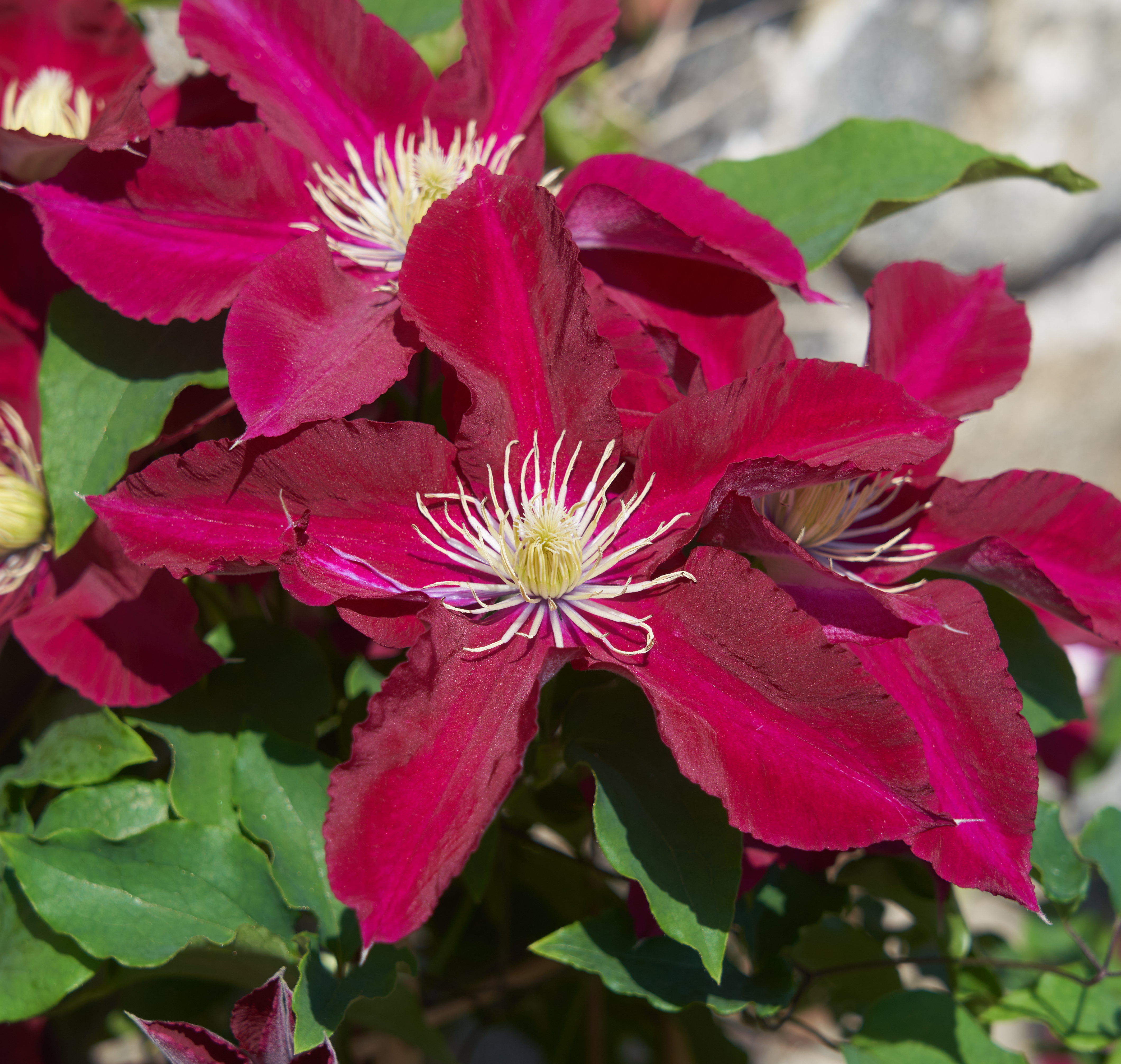.jpg)
Plantipp is thrilled to announce that nine of its represented plant varieties have been shortlisted for the prestigious RHS Chelsea Plant of the Year 2025 award. Known for championing horticultural innovation and excellence, Plantipp’s presence on the shortlist highlights its ongoing commitment to introducing unique, resilient and garden-ready plants to the global stage.
Shortlisted varieties represented by Plantipp
-
Clematis Elpis (‘EviGsy154’ PBR)
Bred by Raymond Evison, this compact clematis reaches 90–120 cm and is ideal for patios and containers. It boasts vibrant red flowers with yellow anthers, blooming profusely from May to July and again in September. Elpis thrives in full sun and well-drained soil, responding well to simple pruning.
-
Hemerocallis See You Tomorrow® (‘Huhe01’ PBR)
This 7-day-blooming daylily features arching blue-green foliage and upright flowers that open in lemon green, transitioning to yellow and then orange. Growing 60–70 cm tall, it prefers full sun to partial shade and is hardy to -18°C. Its extended blooming period of 7-days adds charm to any border.
-
Philadelphus Petite Perfume Pink (‘P1’ PBR)
After 15 years of breeding, this compact mock orange reaches 1.2 m in height and width, showcasing bright pink, fragrant flowers. It's tolerant of air pollution and drought once established, making it ideal for urban areas, coastal gardens, and containers.
-
Rhaphiolepis White Cloud (‘White Cloud’ PBR)
This evergreen shrub grows up to 1 m tall and wide over five years, producing masses of white flowers from April to June, followed by black berries. It prefers full sun to partial shade with some wind protection and requires minimal maintenance.
-
Lomandra Miner’s Gold (‘KM-MG24’ PBR)
Featuring bright gold foliage and a graceful weeping habit, this plant grows to 50 cm high and 75 cm wide. It's drought-tolerant, low-maintenance, and thrives in well-drained soil with full sun to partial shade. Hardy up to -10°C, it's suitable for various landscapes.
- Rhododendron Pink Star ('Mapo 2'PBR)
A unique and beautiful addition to any landscape, boasting eye-catching flowers that truly stand out. Each flower features an impressive average of twenty to thirty petals, creating a vibrant display that will captivate garden enthusiasts and casual observers alike.
-
Miscanthus Lady in Red (‘Lady in Red’ PBR)
Reaching up to 160 cm, this ornamental grass displays intense red foliage adorned with feathery plumes from September until the first frost. It prefers full sun to partial shade and well-drained, moderately moist soil, with hardiness down to -23°C.
-
Hosta ‘Party Streamers’ (PBR)
This vibrant hosta grows up to 30 cm tall, featuring narrow, wavy golden leaves that create a lively appearance. It's low-maintenance, suitable for partial sun or shade, and thrives in well-drained soil. Hardy to -23°C, it's perfect for containers and shade gardens.
-
Hosta ‘Silly String’ (PBR)
Known for its uniquely wavy, arching, narrow leaves, this hosta emerges in a beautiful blue hue in spring, transitioning to blue-green. It grows up to 35–40 cm tall, prefers partial sun or shade, and is hardy to -23°C, adding texture to any garden.
A milestone for innovation and breeding partnerships
Each of these nominations reflects Plantipp’s close collaboration with top breeders across Europe, the UK, Australia, and North America. From compact climbers to bold foliage plants and resilient shrubs, the shortlisted selections show how innovation in form, colour and climate adaptability reshapes modern gardening.
Looking ahead to Chelsea
RHS Chelsea Plant of the Year 2025 winners will be announced during the world-renowned RHS Chelsea Flower Show, from 20 to 24 May in London. Plantipp congratulates its breeders and partners and looks forward to celebrating their achievements on the global stage.
RHS Chelsea Plant of the Year 2025 winners will be announced during the world-renowned RHS Chelsea Flower Show, from 20 to 24 May in London. Plantipp congratulates its breeders and partners and looks forward to celebrating their achievements on the global stage.

